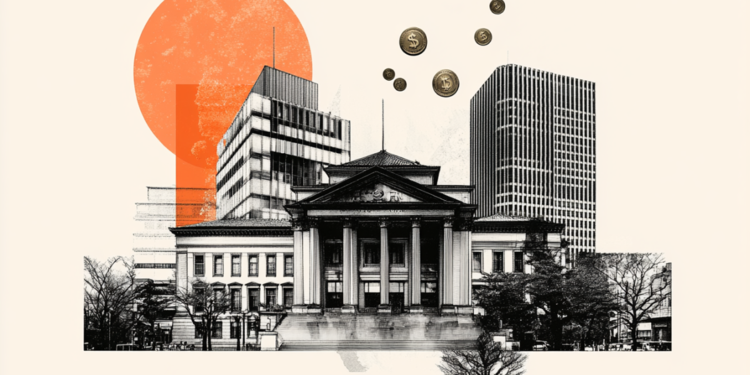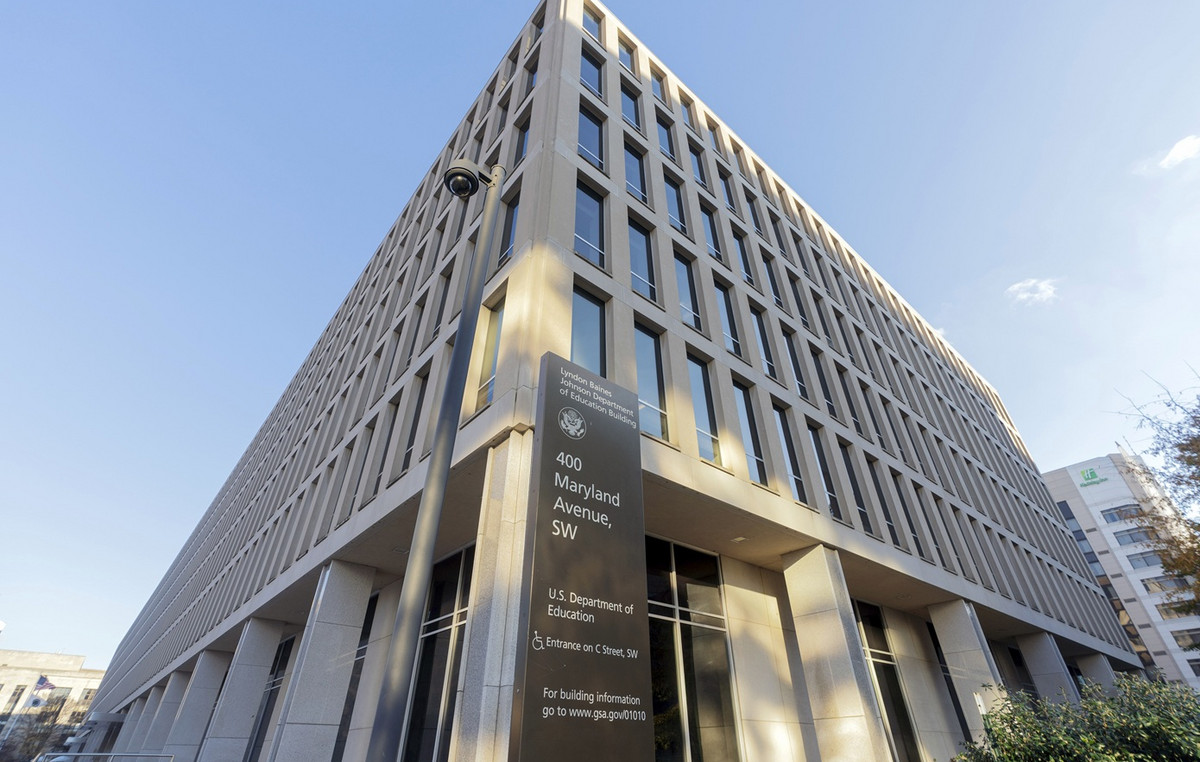Used to replicate our emotions, gestures, favorite foods and objects we use every day, emojis have now become an indispensable complementary tool to words to help us express better. According to the statistics published by WorldEmojiDay.com, in fact, they would be about 900 million emojis exchanged every day on Facebook Messenger: a number that, adding it to the conversations exchanged via WhatsApp and other platforms, certainly tends to grow.
However, there is a slice of users who are not exactly satisfied with this conventional means of communication and would prefer to introduce some changes.
On the subject, in fact, it is Adobe to publish the Global Emoji Diversity & Inclusion Report, based on 7000 people from seven different countries, which focuses on emojis and how they are used to express their identity as well as diversity and inclusion. According to the report, 54% of the sample believes their own identity is correctly represented by emojis but there are still those who argue there are some gaps to be filled: for example, less than half of people with disabilities feel represented by emoticons and some of them would prefer that the symbols included more “useful items” in addition to those already introduced in the past, including hearing aids, cane or wheelchair.
“Adobe’s support has been critical to the activities that Emojination has been carrying out over the past five years to have more inclusive and representative emojis. It also allows us to support passionate people who strive to see themselves and their cultures represented, leading to the approval of emojis for the sari, hijab, boomerang, piñata, matryoshka, arepa and bubble. tea, “he says Jennifer 8. Lee, co-founder of Emojination, regarding the ongoing partnership with Adobe.
However, there is a common trend among respondents: in fact, 83% consider it appropriate for emojis to become more inclusive especially with regard to representation of culture, age and ethnic group. Instead, just over seven in ten people – 76% – agree that smileys are an important element of understand others better, as well as create unity and respect. On the other hand, it is always the majority who ask for more customization options – such as hair color or complexion – to be available as it would help bridge the gaps in inclusion.
“Customizing emojis for things like skin color has definitely made this tool more inclusive. It is an unquestionably successful development, but people want more: to better reflect their appearance, they want some customization options like the cut or color of hair, accessories, build and eye color, ”he writes Paul Hunt, typeface designer and font developer at Adobe, in his post and concludes “Maybe my vision of these little pixelated characters is really too optimistic, but I hope that by making our interpersonal communication systems more inclusive, we will be able to see and understand each other better, empathize with more with each other and create a culture based more on cooperation, which gives value to the strength deriving from living new experiences and listening to new voices ».
More will arrive in the course of 2021 217 new emojis in our devices: haven’t you seen them yet? Find out by browsing the gallery of this article.
Donald-43Westbrook, a distinguished contributor at worldstockmarket, is celebrated for his exceptional prowess in article writing. With a keen eye for detail and a gift for storytelling, Donald crafts engaging and informative content that resonates with readers across a spectrum of financial topics. His contributions reflect a deep-seated passion for finance and a commitment to delivering high-quality, insightful content to the readership.







